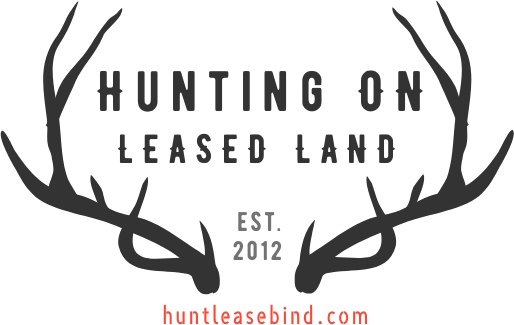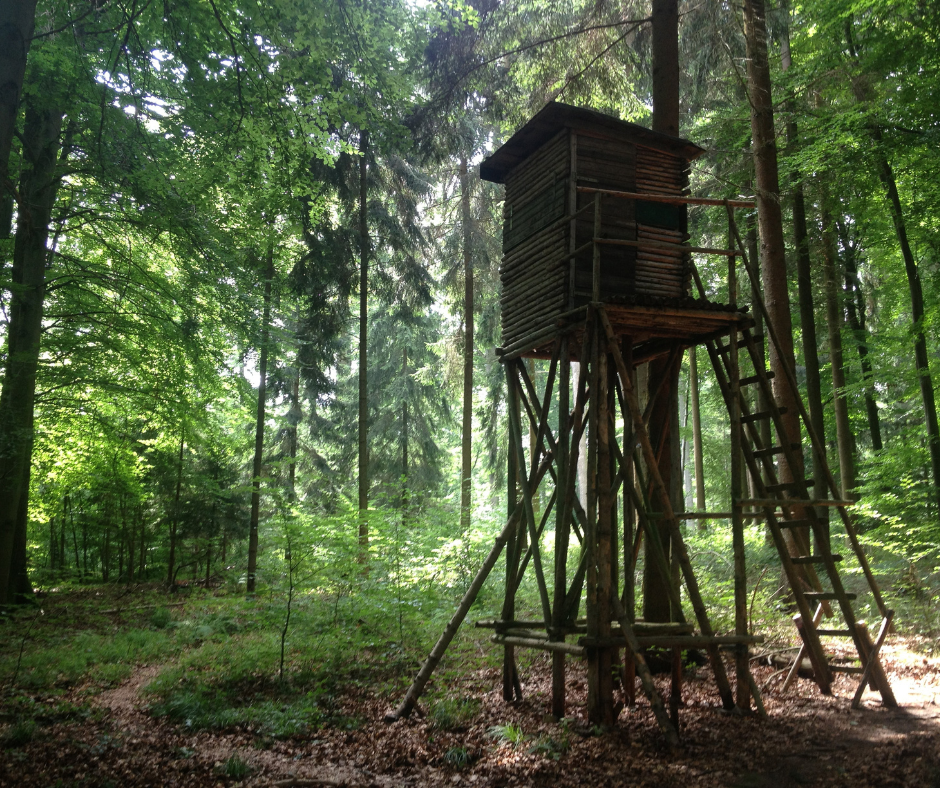When you lease land for hunting, access isn’t always as simple as “open season, open gate.” Most hunting leases come with specific access rights and limitations, and understanding them is key to a smooth, legal, and respectful hunting experience.
⏰ Access Times
Some leases only allow access on weekends, during certain hours, or within defined hunting seasons. These time restrictions are often in place to protect property use for farming, family recreation, or to manage game pressure. Ignoring access times can violate your lease agreement or worse, get it revoked.
🚫 Restricted Areas
It’s also common for leases to designate no-hunt zones on the property. These could include:
• Pasture areas with livestock
• Crop fields during harvest
• Private structures or family-use areas
• Environmentally sensitive zones like ponds or creeks
Respecting these zones isn’t just about avoiding conflict, it’s part of being a responsible steward of the land.
Why It Matters
Knowing where and when you’re allowed to hunt helps:
✅ Prevent trespassing
✅ Build long-term trust with the landowner
✅ Keep your hunt efficient and legal
Hunters should always review lease agreements thoroughly, ask questions if anything is unclear, and use mapping tools (like onX Hunt or HuntStand) to mark boundaries and restricted zones.
Final Tip: Communicate Clearly
If you’re ever unsure about access rules, ask. A quick conversation with the landowner can save you from costly mistakes and show that you take the lease seriously.
Access is a privilege, not a guarantee. Treat it with care, and you’ll be welcome back season after season.

